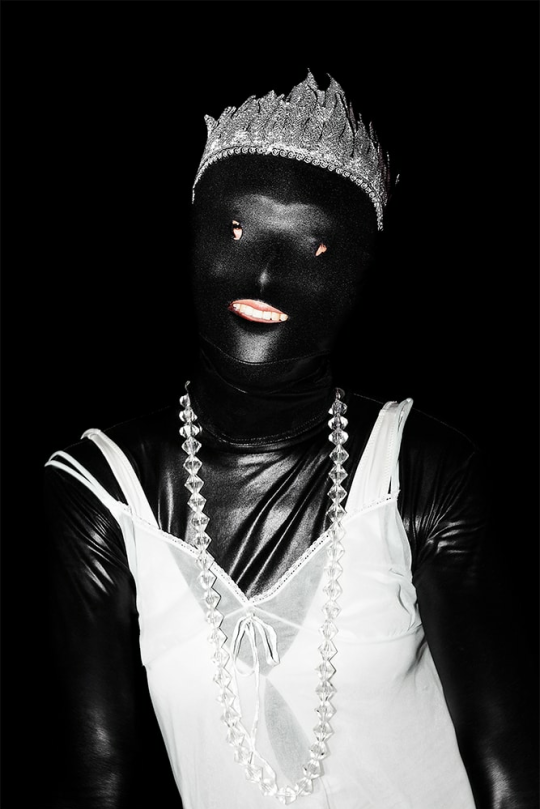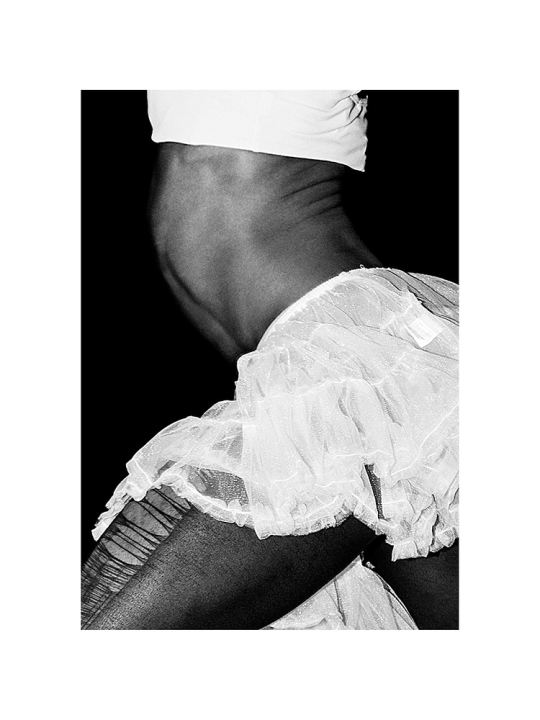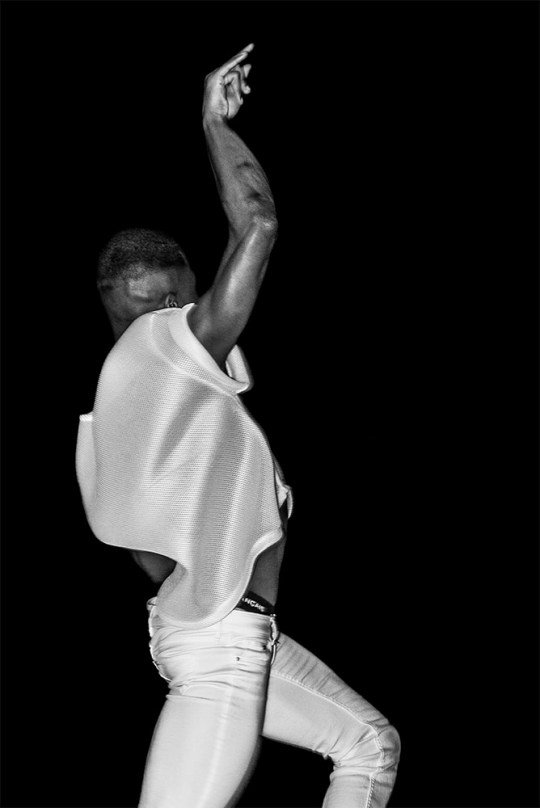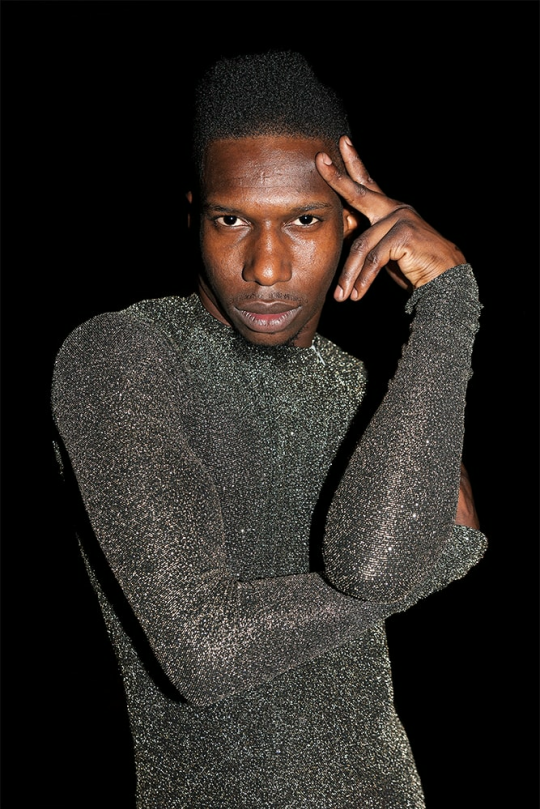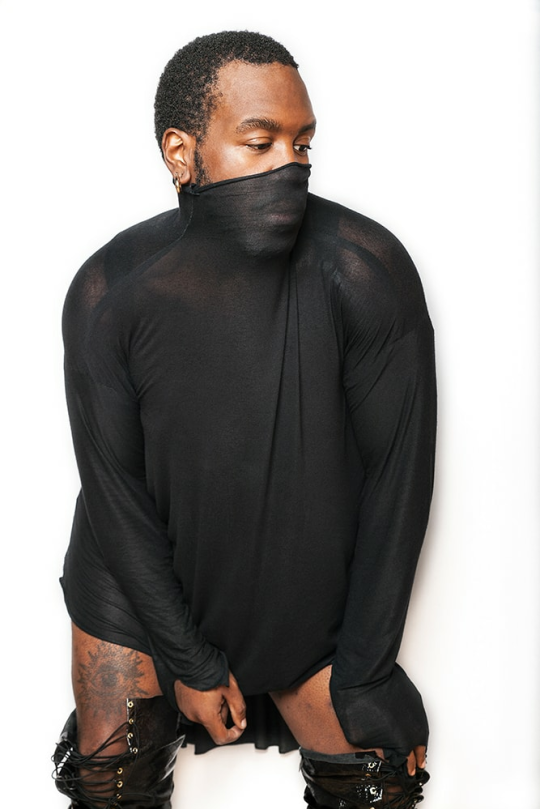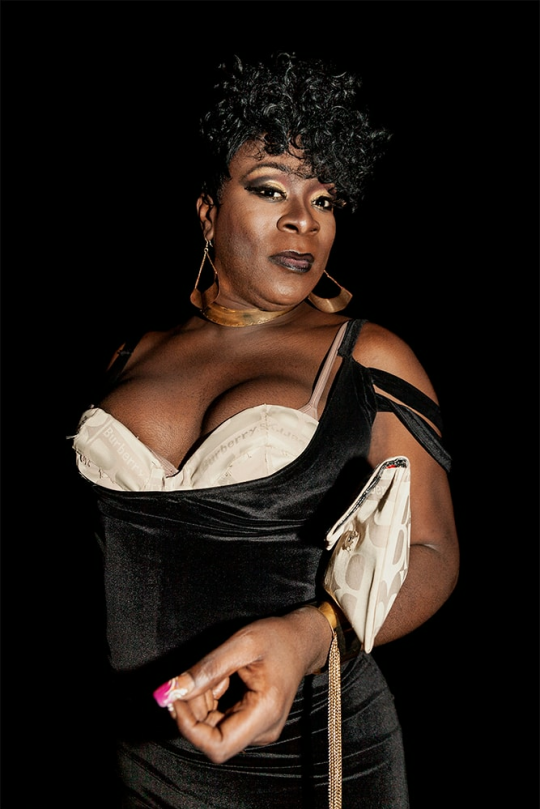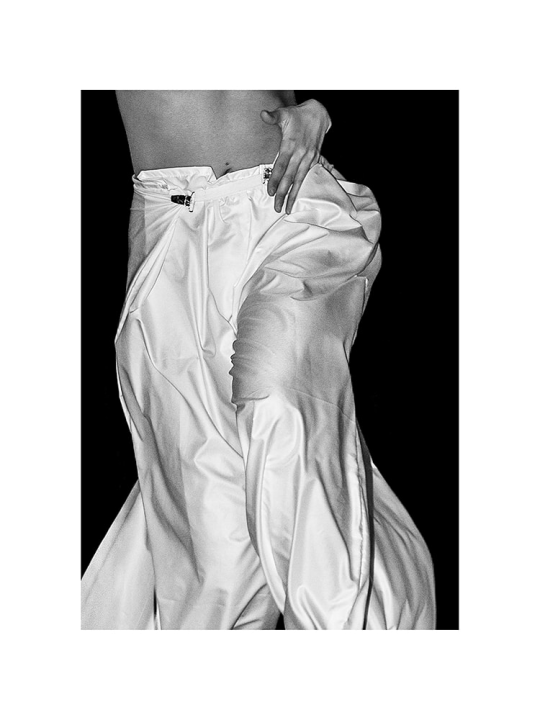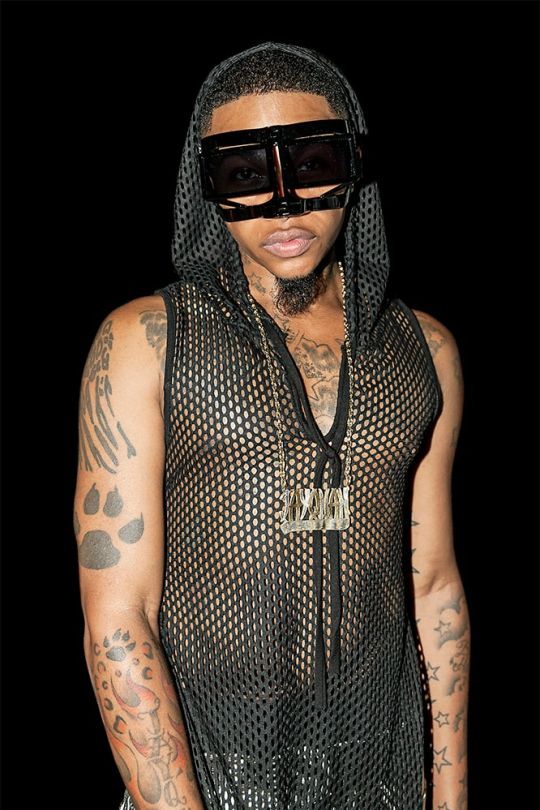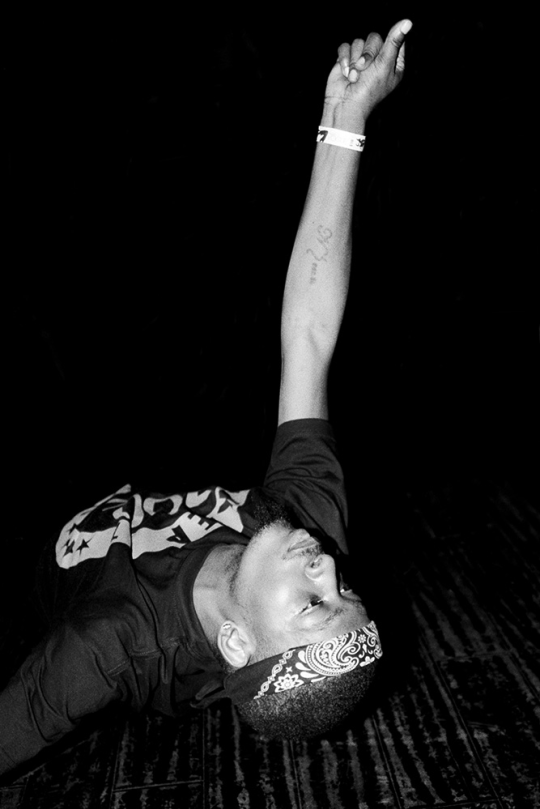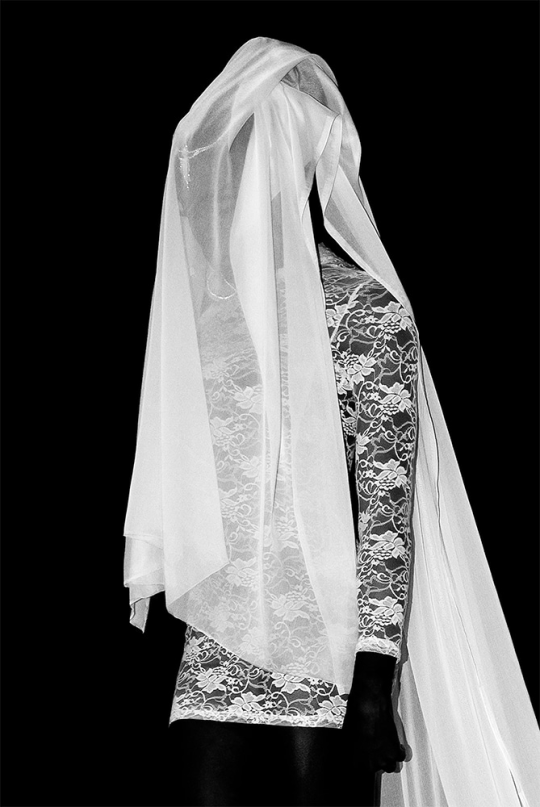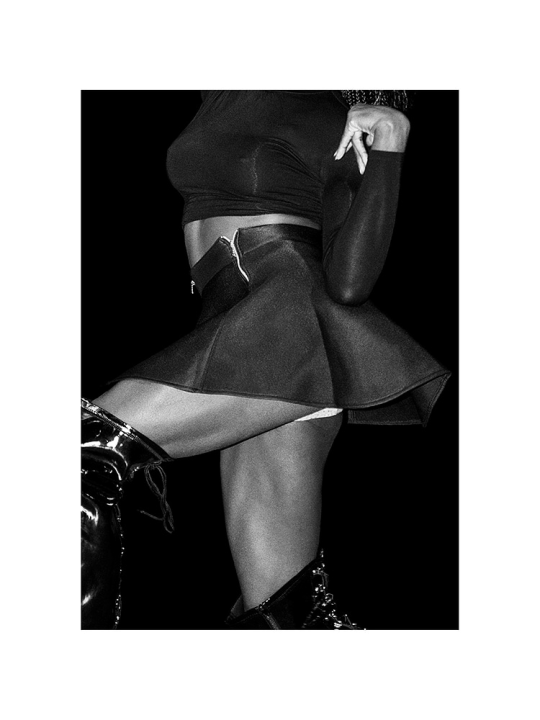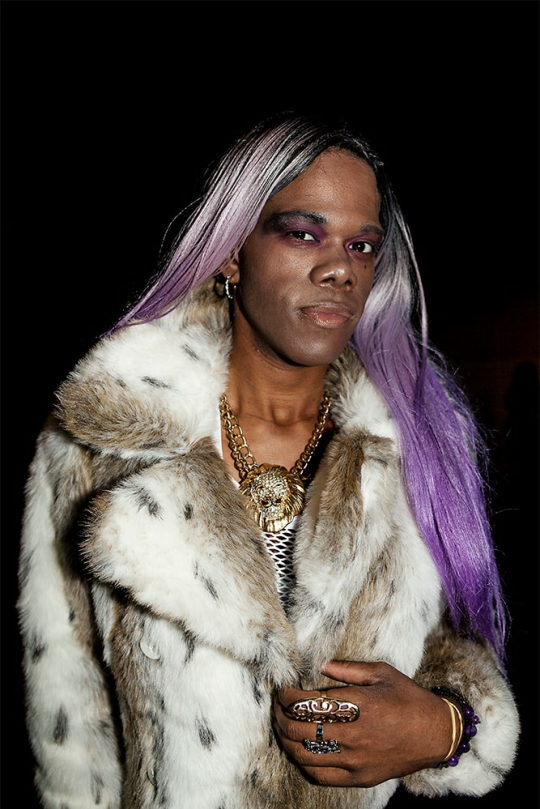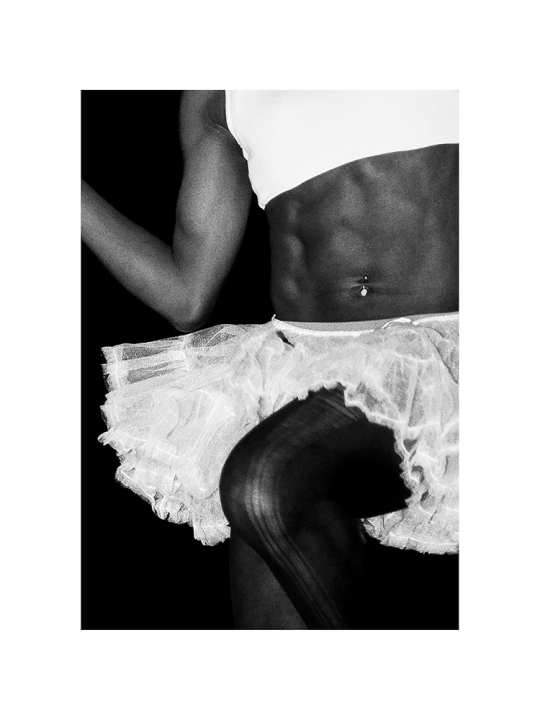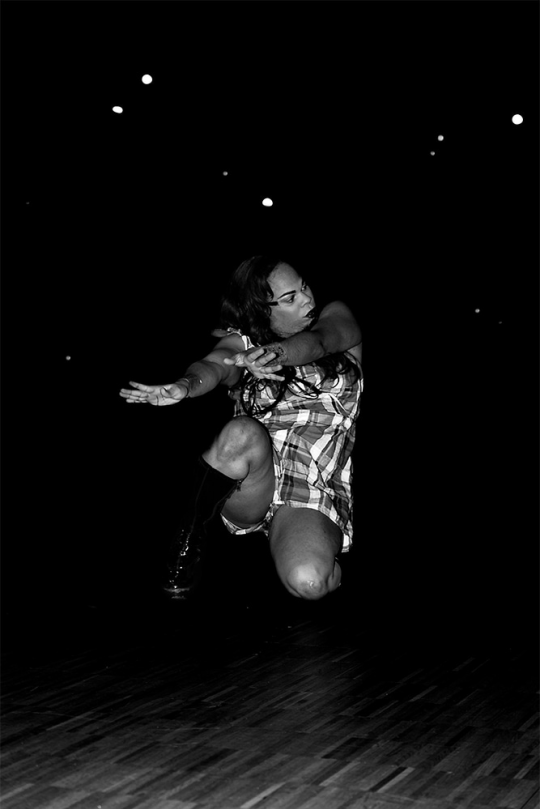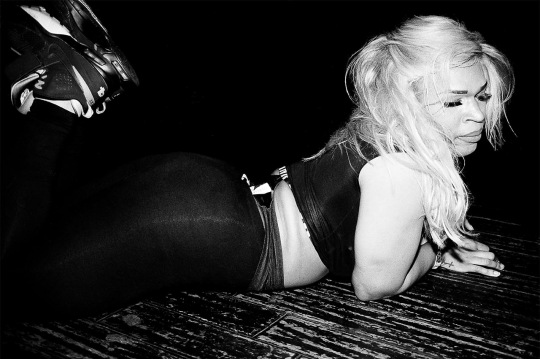Voguers and the ballroom scene
“I have the ambition to live subject to other truths than the literal truth.” Claude Cahun
Originating in American prisons before becoming a phenomenon in the black and homosexual New York of the 1980s, voguing is a dance combining angular and rigid body movements to poses inspired by the models of fashion magazines, including the famous Vogue. The story goes that prison guards distributed women’s magazines to inmates in which the stripped models were supposed to allow them to have some “good time”. The gay prison population, not so aroused by these girls on glossy paper, began to enjoy itself by imitating the poses of the models on the front page, thus developing the art of posing, the ancestor to voguing. As a way to escape, voguing has quickly exceeded its status of entertainment to establish itself as a positive way to assume one’s body and sexuality in a world unfavorable to difference. Inspired by African tribal roots and then by the sounds of house music, the movement acts as an outlet for the dull violence experienced by homosexual, black and Latin American communities. For the thousands of dancers it has federated, voguing is a refuge to rejoice beyond discrimination of gender, race or class. While interest in the phenomenon declined in the 1990s, a new generation of performers was preparing for its revival in underground circles and brings it back to the media scene.
To shine during a Ball demands a lot of work, and the competition is ruthless in this universe made of rhinestones and glitter. Embracing the crowd requires a lot of ardor and to vogue is, above all, to demonstrate the power of attitudes and execute the right gesture that will allow a victory in the finals, the consecration … No way to integrate a recognized house without a track record and the most prestigious titles are those of Icon or Legendary. The Ballroom scene incorporates its own star system and allows access to some form of celebrity previously inaccessible.
The multitude and diversity of categories at stakes in a Ball underpin the movement foil the standardization of gay culture and its conservatism in gender. They prove, if need be, that sexual identity cannot be reduced to practices only or to one system of gendered identification.
